Episodes

Saturday May 29, 2021
Saturday May 29, 2021
Visit Our Sponsor: Foraged.Market
Donate Directly: via PayPal -or- Venmo @permaculturepodcast
Want to listen to more conversations about Permaculture? Browse the extensive archives of the show.
In this episode co-host David Bilbrey sits down again with Martin Ping. Martin is the executive director of Hawthorne Valley Association, a non-profit whose mission is social and cultural renewal through the integration of education, agriculture, and the arts.
Learn More

Sunday May 09, 2021
Sunday May 09, 2021
Visit Our Sponsor: Foraged.Market
Donate Directly: via PayPal -or- Venmo @permaculturepodcast
Want to listen to more conversations about Permaculture? Browse the extensive archives of the show.
This episode is a re-release of a conversation that was originally shared as a bonus episode on Patreon back in 2016 after co-host David Bilbrey attended the Prairie Festival and had a chance to talk to Martin Ping of Hawthorne Valley Association. I’m releasing this again to everyone as an introduction to Martin’s work and influences ahead of a new interview David and Martin recently recorded.
Learn More

Saturday Mar 13, 2021
Saturday Mar 13, 2021
Visit Our Sponsor: Foraged.Market
Donate Directly: via PayPal -or- Venmo @permaculturepodcast
Want to listen to more conversations about Permaculture? Browse the extensive archives of the show.
In today’s episode, co-host David Bilbrey continues his exploration of business and permaculture as he sits down to hear from Mark Simpson about how Mark applied the ideas of Holacracy and Self Management to a hierarchical business. This resulted in a flattening of that vertical organization into a vastly more horizontal one that creates empowerment and opportunity for employees to influence their work and direction.
Learn More

Friday Jan 15, 2021
Friday Jan 15, 2021
Visit Our Sponsor: Foraged.Market
Donate Directly: via PayPal -or- Venmo @permaculturepodcast
Want to listen to more conversations about Permaculture? Browse the extensive archives of the show.
As you read these notes or listen to the accompanying podcast, I’m on a sabbatical. With all these years of producing long interviews, I need to take some time to experiment with new ideas, while reading, writing, and exploring what working with permaculture means. What do our practices look like in a world substantially changed since these ideas were first shared more than 40 years ago. How does the Zone model of permaculture shift when we don’t have access to land, particularly with more than half of the world living in cities and urban environments? When those spaces become their own unique ecosystems, some that we can walk through and others that demand motorized transportation. Some with green spaces and others the epitome of the concrete jungle.
Learn More

Sunday Dec 13, 2020
Sunday Dec 13, 2020
Visit Our Sponsor: Foraged.Market
Donate Directly: via PayPal -or- Venmo @permaculturepodcast
Want to listen to more conversations about Permaculture? Browse the extensive archives of the show.
The episode with Jeff Speck left me curious about what the details Jeff mentioned look like in practice. I followed up that conversation by sitting down with my guest for this episode, Steve Nygren, founder of Serenbe.
Learn More
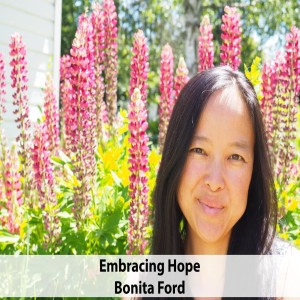
Saturday Nov 21, 2020
Saturday Nov 21, 2020
Visit Our Sponsor: Foraged.Market
Donate Directly: via PayPal -or- Venmo @permaculturepodcast
Want to listen to more conversations about Permaculture? Browse the extensive archives of the show.
We live in a world that seems ever more chaotic and outside of our control. From a global pandemic that is unlikely to be the only one we experience in our lifetimes to devastating natural disasters exacerbated by climate change that leads to weather weirding and chaos beyond our ability to properly map and mitigate. In the face of all of this, how do we avoid burnout and continue to practice permaculture and develop meaningful designs that fulfill the three ethics while improving the wellbeing of the natural world, our clients, and ourselves?
Learn More
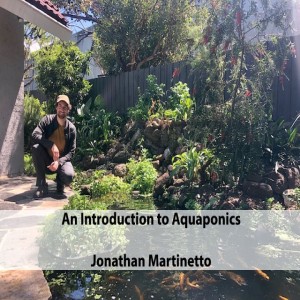
Saturday Nov 14, 2020
Saturday Nov 14, 2020
Visit Our Sponsor: Foraged.Market
Donate Directly: via PayPal -or- Venmo @permaculturepodcast
Want to listen to more conversations about Permaculture? Browse the extensive archives of the show.
Seafood represents the largest traded food commodity market in the world. 3 billion people depend on fish and other farmed or wild-caught foods as a source of protein, according to figures from the World Wildlife Fund. Regretfully, the majority of fish stocks are not sustainable, as they are overfished or fully exploited. Seeking sustainable and regenerative approaches to fishing and fishery management help to secure the future of food for large portions of the world.
Learn More
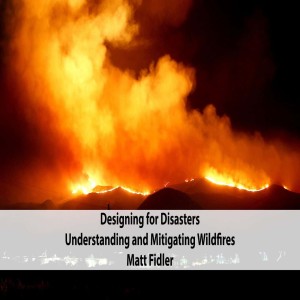
Saturday Nov 07, 2020
Saturday Nov 07, 2020
Visit Our Sponsor: Foraged.Market
Donate Directly: via PayPal -or- Venmo @permaculturepodcast
Want to listen to more conversations about Permaculture? Browse the extensive archives of the show.
During our lifetime we will encounter a variety of short to long-term disasters. The form the problem takes will vary depending on where we live, and how widespread the incident is that occurs. In late 2019 and throughout 2020, we’ve all been finding ways to respond to the COVID-19 pandemic.
Learn More
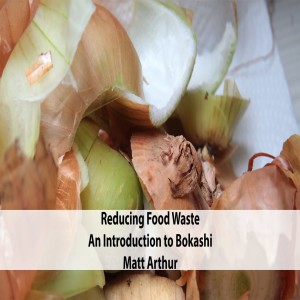
Saturday Oct 31, 2020
Saturday Oct 31, 2020
Visit Our Sponsor: Foraged.Market
Donate Directly: via PayPal -or- Venmo @permaculturepodcast
Want to listen to more conversations about Permaculture? Browse the extensive archives of the show.
In the United States alone, more than 38 million tons of food is thrown away every year. 94% of that winds up in landfills, to rot and release methane, and lock all the nutrients from being returned to Earth for future fertilization.
Learn More
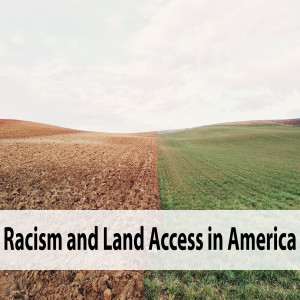
Saturday Oct 24, 2020
Saturday Oct 24, 2020
Visit Our Sponsor: Foraged.Market
Donate Directly: via PayPal -or- Venmo @permaculturepodcast
Want to listen to more conversations about Permaculture? Browse the extensive archives of the show.
Every month I post an Ask Me Anything Thread over on the Patreon for the podcast at Patreon.com/permaculturepodcast. Most of the time these threads are about design and plants, like the best time to transplant Elderberry. Sometimes we get away from permaculture and a question will come up like, What is my favorite Halloween Candy? To which the answer is anything with chocolate and peanuts, whether that’s the whole legume or peanut-butter.
In the AMA for October 2020, however, Joey asked something different.
Their question was, “Do you have an opinion on the recent debate between Joel Salatin and Chris Newman of Sylvanaqua farms concerning racism and land access?”
Learn More
